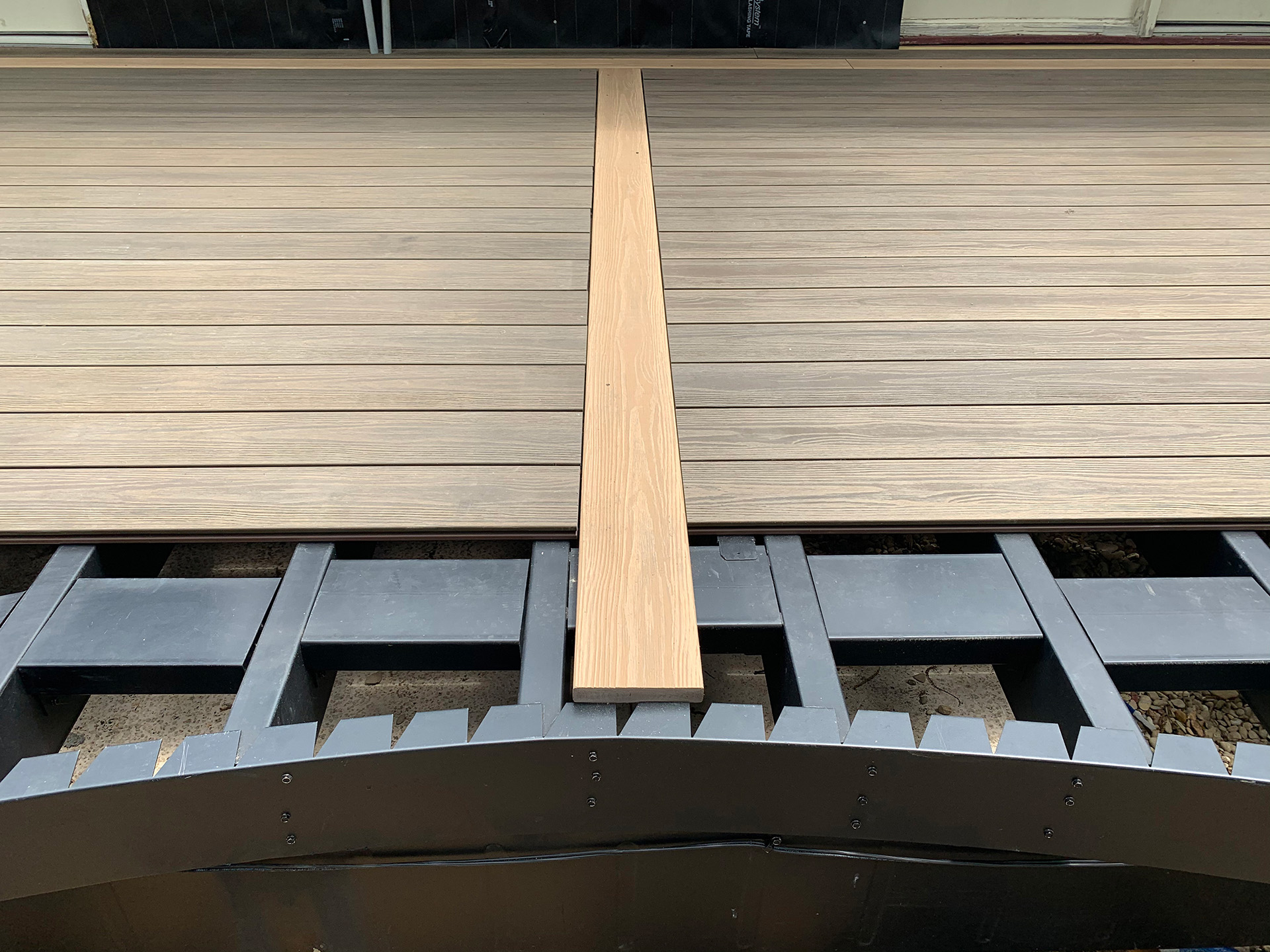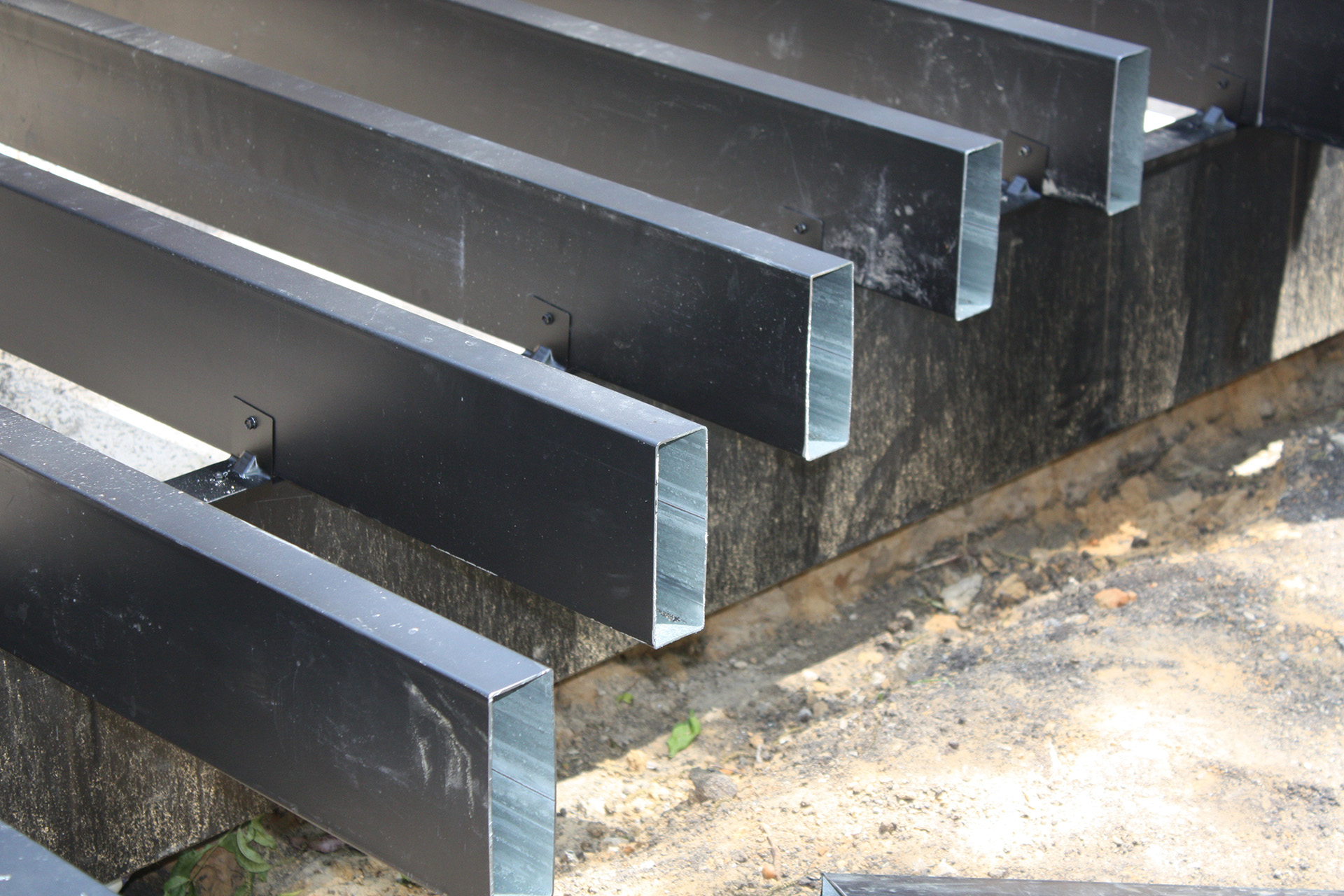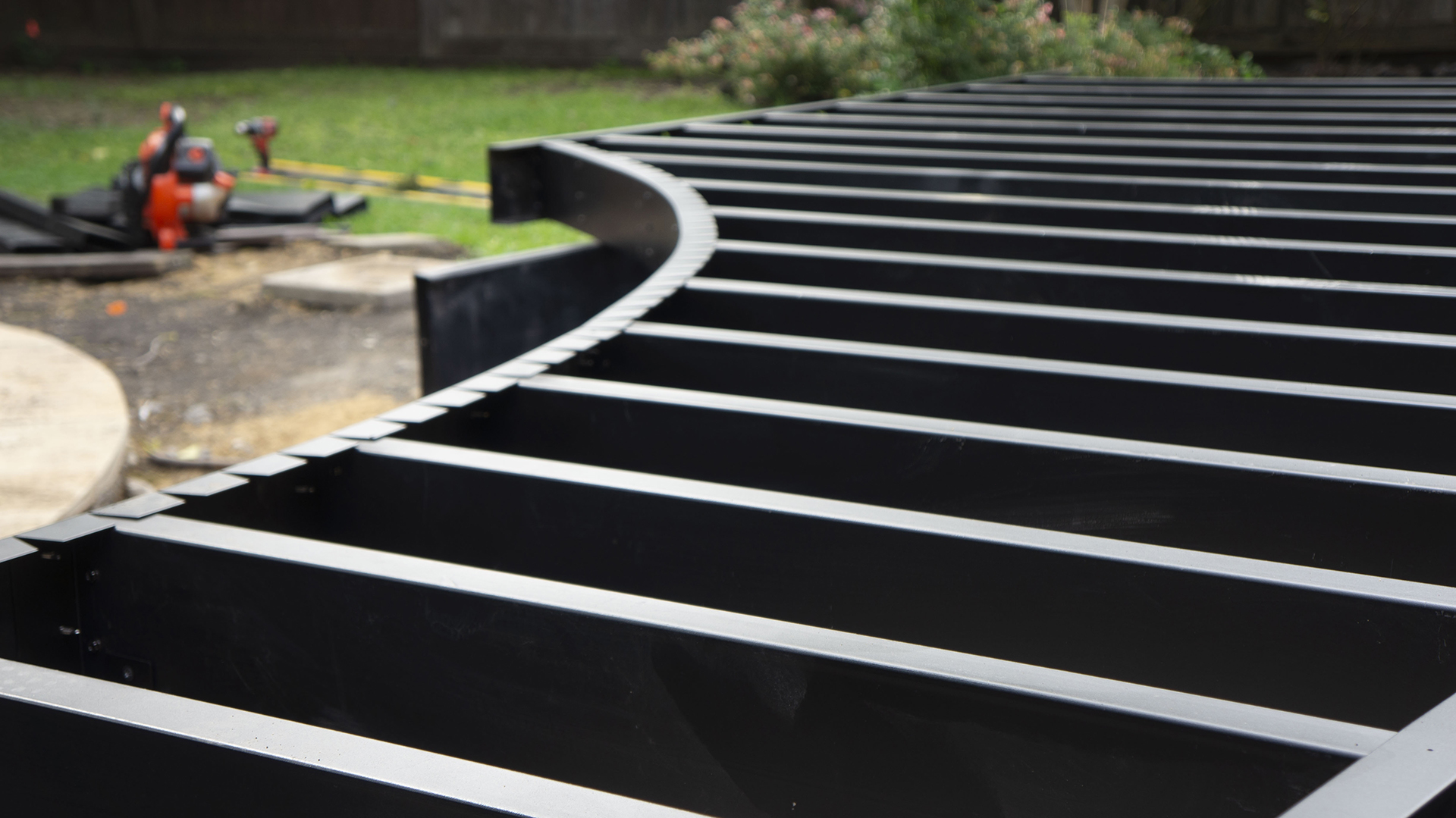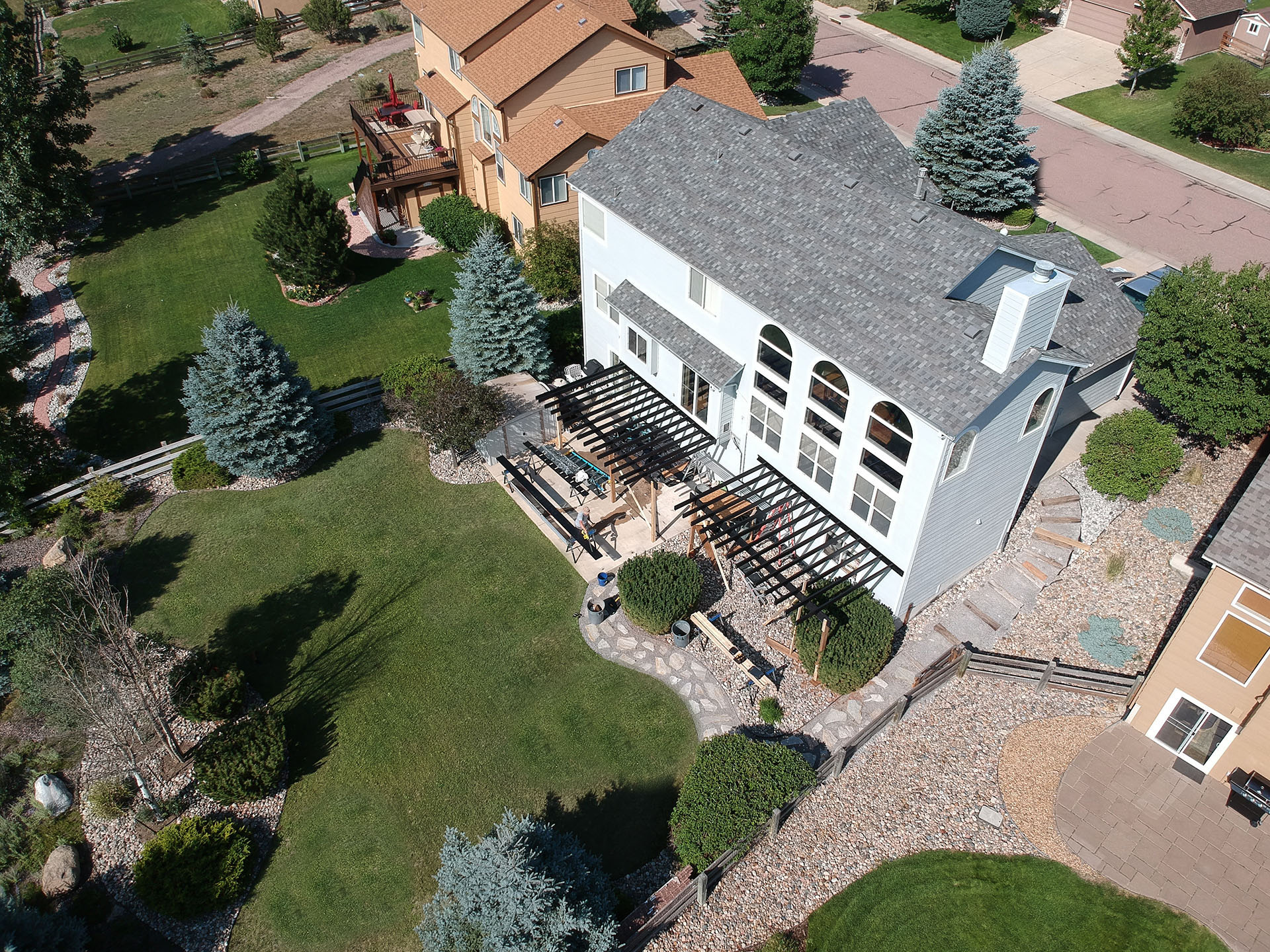╳

Get The Latest On Our Greatest
Subscribe to Our Company/Product Updates

Tuesday, July 9, 2024
Deck joists are horizontal framing components that provide support and stability to the deck’s structural framework. As such, deck joists have a huge responsibility: they must support the weight of the surface boards, the deck users and today’s in-demand outdoor amenities. Incorrectly spaced joists may cause a host of serious problems, including sagging and deflection of the deck (compromising its safety factor). Uneven weight distribution across the deck structure may also result in localized stress points on the decking material, resulting in warping, cracking—even collapse. And lastly, insufficient deck joist spacing may violate local building codes, potentially resulting in costly fines.
Because deck joists play such a critical role in the structural integrity of a deck system, it’s important that contractors, builders and DIY homeowners understand deck joist spacing. Here are some deck joist spacing guidelines to consider to guarantee safe and effective deck framing that lasts.
Get familiar with local building codes and your product installation guides to determine deck joist spacing
First, familiarize yourself with local building codes and regulations, as they provide specific guidelines for deck construction, including required deck joist spacing. These codes are in place to ensure the structural integrity and safety of the deck and its users. Then, read the installation guide that came with the decking materials purchased for the project. Note that the layout term for deck joists is “on-center,” which refers to the measurement from the center of one joist to the center of the next. Verify the manufacturer-approved joist spacing. While deck joists are typically installed 12” on-center (OC) or 16” OC, this can vary based on factors like the live load for the structure, the type of framing material used and the deck design.
To help support a straightforward deck framing process, Fortress Building Products engineered the Evolution steel deck framing system, which comes with a rim joist, midspan blocking, beam blocking and pre-punched ledgers at 12” and 16” OC.


Evaluate the load-bearing capacity of your deck framing material
Next, carefully consider the load-bearing capacity of the building materials you are using and the expected weight the deck joists will need to support. This includes the weight of the decking material, the number of anticipated deck users (safety is the number one priority) and any additional outdoor amenities. For example, many homeowners are installing full outdoor kitchens and bars for entertaining on deck and contemporary steel pergolas for filtered shade.
With increasingly large loads to support, more contractors, builders and DIY homeowners are making the switch from wood to steel. Strong and stable, steel frame decks can handle up to 50 to 200-psf total load (the building code requires that a residential deck support a 40-psf load). Steel’s incredible capacity for load-bearing weight has a direct correlation with its ability to provide greater spans. For example, Fortress® engineered a steel deck beam that can span up to 20 feet between supports. As a result, fewer posts are required, which frees up more usable space underneath an upper-level deck.
Next steps
When it comes to understanding deck joist spacing and the overall deck framing process, you don’t have to figure it out on your own. Fortress has put resources in place to make it easier than ever to frame stronger, safer decks with steel.
Check out our complete arsenal of Installation Guides (filter by product type), which will help you bring your next outdoor living project to the finish line. More of a visual learner? Great! Visit our YouTube Channel and watch the experts frame a deck with steel.


Search